I’ve really missed Nioh.
It was during the first hour of playing Nioh 2 that the realization fully hit me, and it wasn’t something I’d anticipated. I mean, I greatly enjoyed the original—as you can remind yourself of by going back to my review—but I hadn’t been sitting around thinking that there was a Nioh-shaped hole in my heart needing to be filled.
It quickly came back to me just how wonderful Team Ninja’s take on the world of Dark Souls clones is, however. Tired comparisons to FromSoftware’s work must be made, like it or not, because when Nioh released after 13 years of development hell, that was the path that finally got the project to market. Thankfully, while the inspiration was undeniable, the game was very much its own thing, with a level of combat aggressiveness that wouldn’t be seen on the Souls side until Bloodborne. With an option for gaining your stamina (Ki) back from a well-times Ki Pulse, an incredibly deep loot system, and its world steeped in Japanese history and folklore, Nioh really was something special, and many (including myself) wondered what might be next.
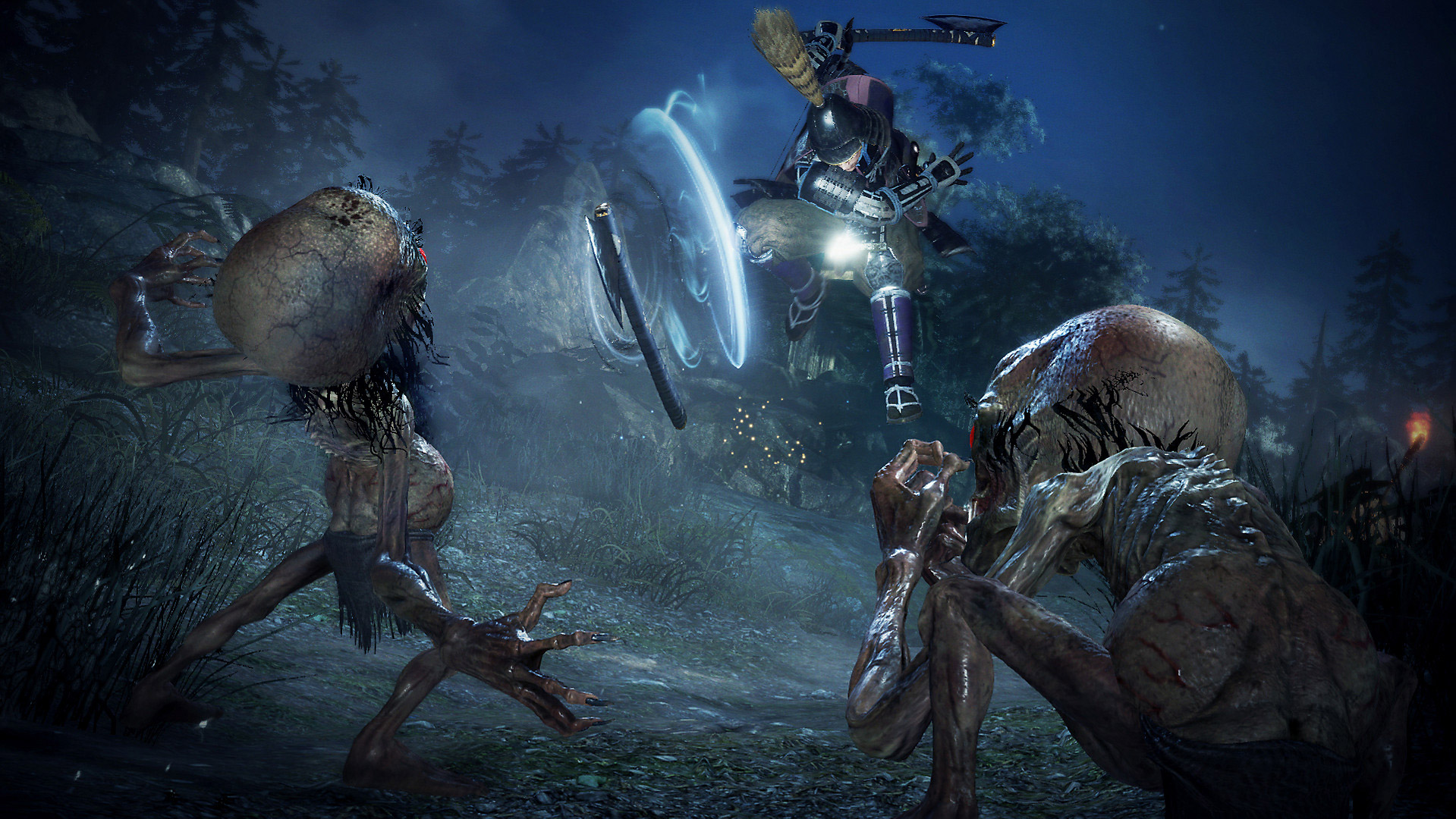
One of the biggest answers to that question comes right at the outset of Nioh 2: the ability to create your own protagonist. The original Nioh was notorious for its decision to give players a predefined hero. Some liked the Irish sailor William and his journey to the foreign land of Japan, some definitely didn’t, and some—like yours truly—ended up incredibly conflicted. The fact that I couldn’t make my own character upset me when I first started up the game, but after a while, I’d come to actually grow a bit fond of William.
Now, look: I’d never give up the sword-swinging Japanese lass that’s served as my avatar in Nioh 2 to have William back. (And thank you for letting me fully adjust her looks at any time.) Custom characters are what we should have, and Team Ninja was absolutely correct in listening to this request when putting together a sequel. Still, I do at times miss the big lug—especially whenever a cutscene breaks out. One of my biggest pet peeves of Japanese game developers is that they seem to be on a crusade against giving custom characters an actual voice, and that approach is frustratingly present here. Going back to watch some of the original Nioh’s cinematics, William felt like a bigger part of the overall story simply by occasionally opening his mouth and having some say on what was going on around him. Here, like in Dragon Quest XI and countless other games with mute protagonists, the warrior I’d put so much time into crafting felt more like someone tagging along with the true heroes of the story.
Nobody plays Nioh 2 for the cutscenes, though—or even the story, let’s be honest. This is a series about fast action mixed with strategic decisions, exploring complexly designed locations, and facing off against brutal bosses. The original Nioh had a ton of depth to its combat, and everything that was good before remains in the sequel. From there, Nioh 2‘s focus is then about giving you more options than ever before, so that you can come at any particular situation from a wider variety of angles.
Throughout your adventure, you’re joined by an ever-growing roster of Guardian Spirits, entities that can boost your stats in different ways, provide you with different bonuses, and offer you additional support. Previously, that “additional support” came mainly in the way of becoming a Living Weapon, where you’d enter a powered-up form that both boosted your attack and made you temporarily invincible.
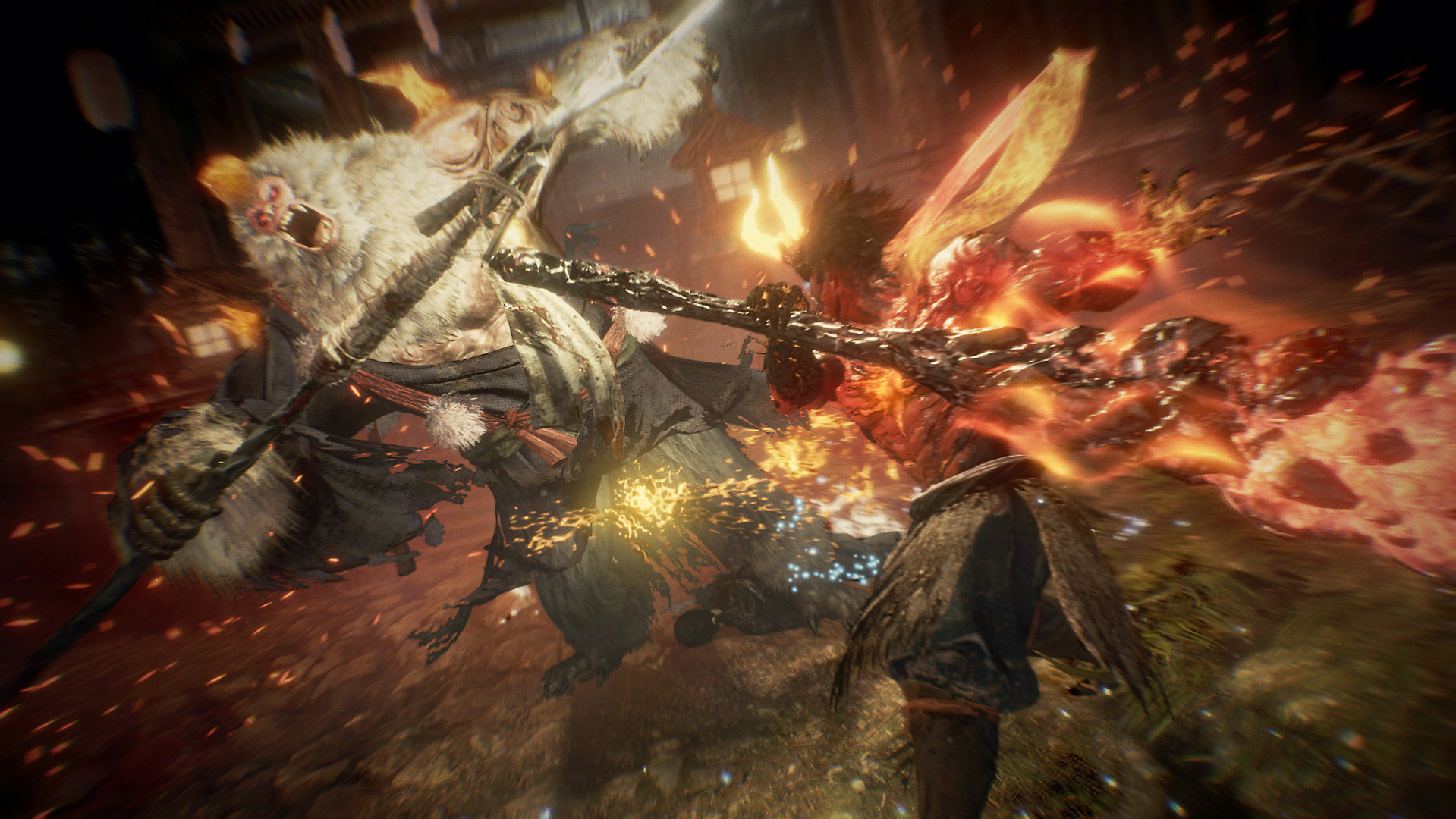
Guardian Spirits are where Nioh 2 sees some of its biggest gameplay changes, as now, instead of becoming Living Weapons, they help to bring out the demonic half of your bloodline through the Yokai Shift. Your yokai self comes in one of three forms depending on the Guardian Spirit you’re currently using—Brute, Feral, or Phantom—each of which has its own strengths, weaknesses, and special abilities. As well, you can also now give those spirits Yokai Abilities, special attacks earned by collecting the Soul Cores from fallen foes. (Think Mega Man, and how you can steal a specific and unique skill from each of the robots you defeat.) The Yokai Abilities replace the Guardian Spirits’ previous special attacks and—like many parts of Nioh 2—offer the player a more satisfying sense of personalization.
No matter which you prefer, your yokai form is a pretty major shift to the gameplay in Nioh 2, as they give you an additional option for dispatching a particularly tough foe, enable a wider array of options when taking on a boss, or simply help keep you alive in hairy situations. At first, I was afraid that Yokai Shifts were too much of a game changer, because in the early going, they can help you just slaughter enemies. (For example, I beat the game’s first boss so quickly it took me a moment to even realize the fight was over.) The further you get into the game, however, the more you realize they aren’t the Get Out of Jail Free card they first seem to be.
I also quickly stopped caring whether those Guardian Spirit changes gave me too much of an advantage, because the game’s enemies have gained their own set of advantages, too. One is the Burst Attack, an insanely powerful move that can easily one-hit kill you if it lands. Thankfully, Burst Attacks have a specific animation to telegraph that they’re coming, and you can then unleash a Burst Counter to not only negate the move, but also do additional Ki damage to that foe. Each Yokai Shift form has its own timing on the counter, so you’ll need to figure out which gives you the best success—but, again, screw up, and you’re in for plenty of pain.
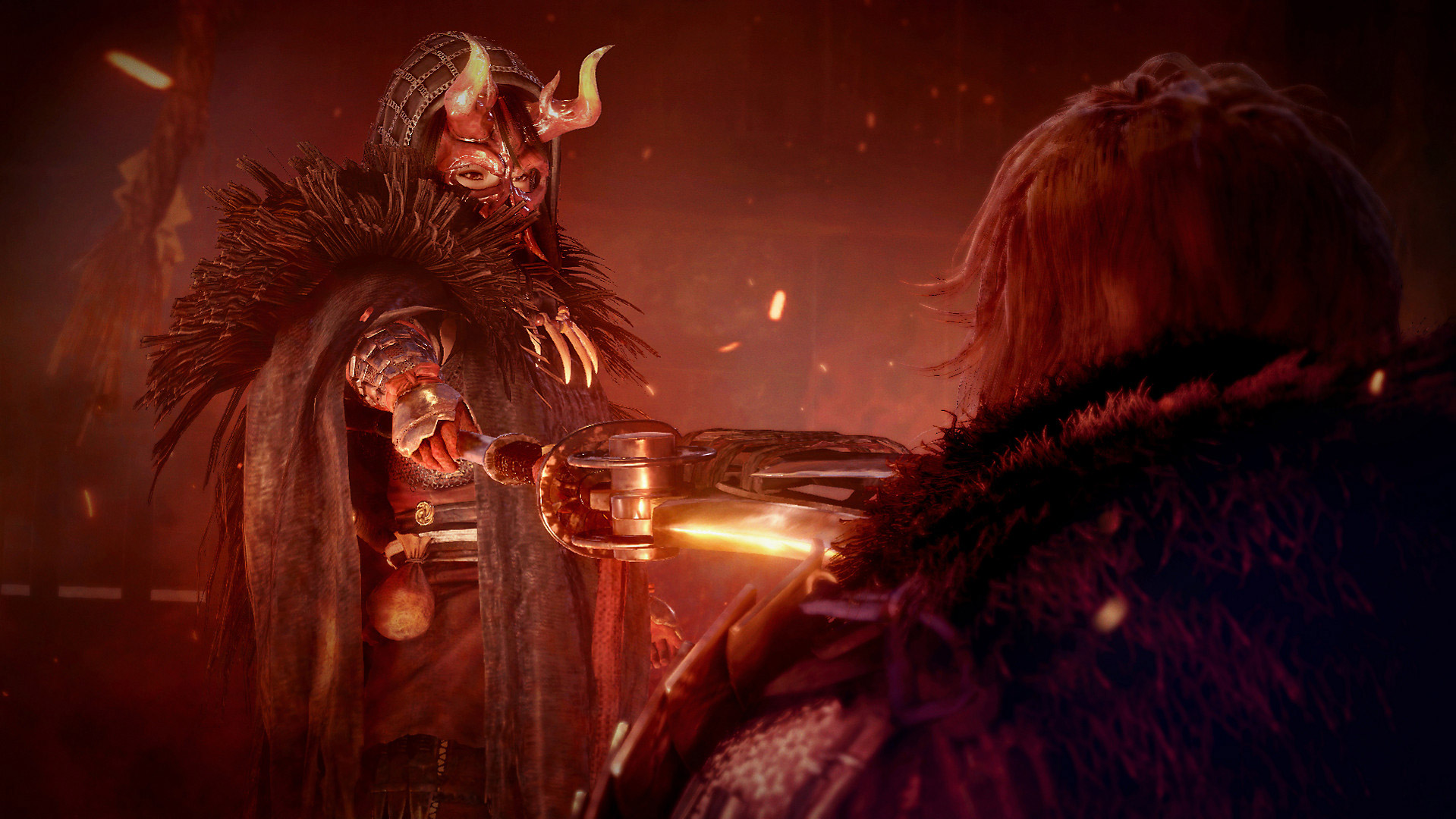
The other—and far more frustrating, as I’ll get into in a moment—boost to your foes’ repertoires is the Dark Realm. If you played the original Nioh, you’ll long be familiar with Yokai Realms, fields that enemies can create which strengthen any yokai that enter them while also slowing your Ki regeneration. While Yokai Realms are still very much around, Dark Realms are a greatly expanded version of the idea, blanketing entire areas of the landscape in dark corruption until a particular enemy is killed or objective completed.
Throughout my playthrough of Nioh 2, I’ve constantly gone back and forth on the Dark Realms. On one hand, they’re visually neat (looking almost like an old black & white samurai movie), they provide a real bump in the overall challenge of stages, and permanently clearing them out offers an addictive sense of satisfaction. At the same time, they also point to one of the few real complaints I have about Nioh 2: It seems Team Ninja feels especially proud of exhausting us players this time around. From those Dark Realms, to some of the utterly stressful enemy groupings placed liberally throughout the game, to the lengthening of enemy lifebars that I swear is going on, getting through Nioh 2 can just feel hopeless at times—even for those who are old pros at these types of games, and especially for those who want to call in help as little as possible. (Which, by the way, is even easier now thanks to Benevolent Graves, markers you can place to allow your character to aid another player as an NPC teammate.)
Maybe I’m wrong. Maybe Nioh 2 isn’t any harder or more stressful than the original Nioh, and maybe it’s more the fact that I’m rusty, or that I’m getting older, or whatever. I swear that the game can absolutely feel like more of an arduous marathon this time around, though, which caused me to constantly swing from sheer elation when getting past those points of frustration, to utter despair when trying to get through a particular section for the 80th time. By the end, I came to appreciate Nioh 2‘s challenge, because it does offer a true sense of accomplishment in an era where it’s easy to grow apathetic to overcoming the challenges of Soulslikes. If you’ve barely scraped by in the previous games you’ve played, though, this one is going to enjoy beating you into the ground.
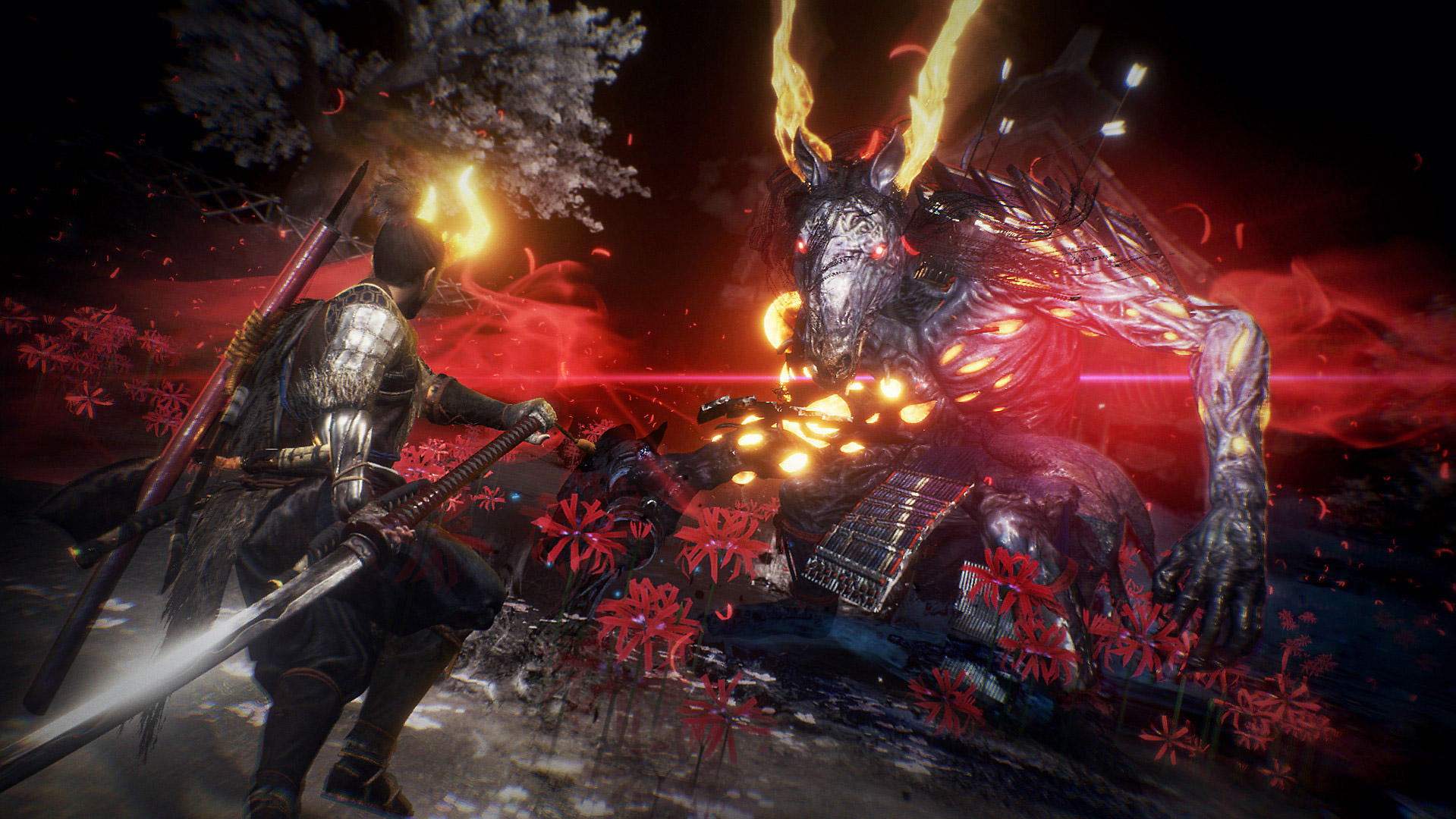
One thing that I think helps fuel those feelings of exhaustion is that some of Nioh 2‘s stages are bigger than I remember from the original. Other than being sick-to-death of underground caves, I liked most of the locations here, and their lengths allow for some interesting transitions in visuals and themes the deeper you get—but at times you might find yourself wishing you could just find the boss and move on. Continuing with that theme of expansion, Nioh 2’s skill trees also see a huge upgrade, as now every weapon type has its own set of skills and XP, letting you freely try out options like the new dual hatches and scythe-like Switchglaive without taking progression away from your go-to weaponry. (The previously DLC-only weapons from Nioh are also here, and having never tried them before, hot damn do I love the tonfa.)
Let me be clear: Nioh 2 is in no way Nioh 1.5 as some have suggested based on the various betas. However, it’s also not a huge readjustment that will please people who didn’t care for the original—and, honestly, I’m glad that’s the case. Nioh was its own thing, far from the shadow of other Dark Souls clones, and Nioh 2 brings an extra amount of polish and depth to those ideas that provides but a better overall experience.
It’s just—part of me misses the simpler nature of the original Nioh, even if some of the additions its sequel brings with it will now be features I probably can’t live without. I can’t say that Nioh 2 is a better game; instead, it’s a game that’s equal to the original, with each bringing its own share of positive qualities. In a way, I think I prefer that outcome in the end, as it means we now have a great sequel which can sit next to its predecessor instead of trying to replace it. And, if nothing else, Nioh 2 may have shown me that I do have a particularly shaped hole in my heart after all.
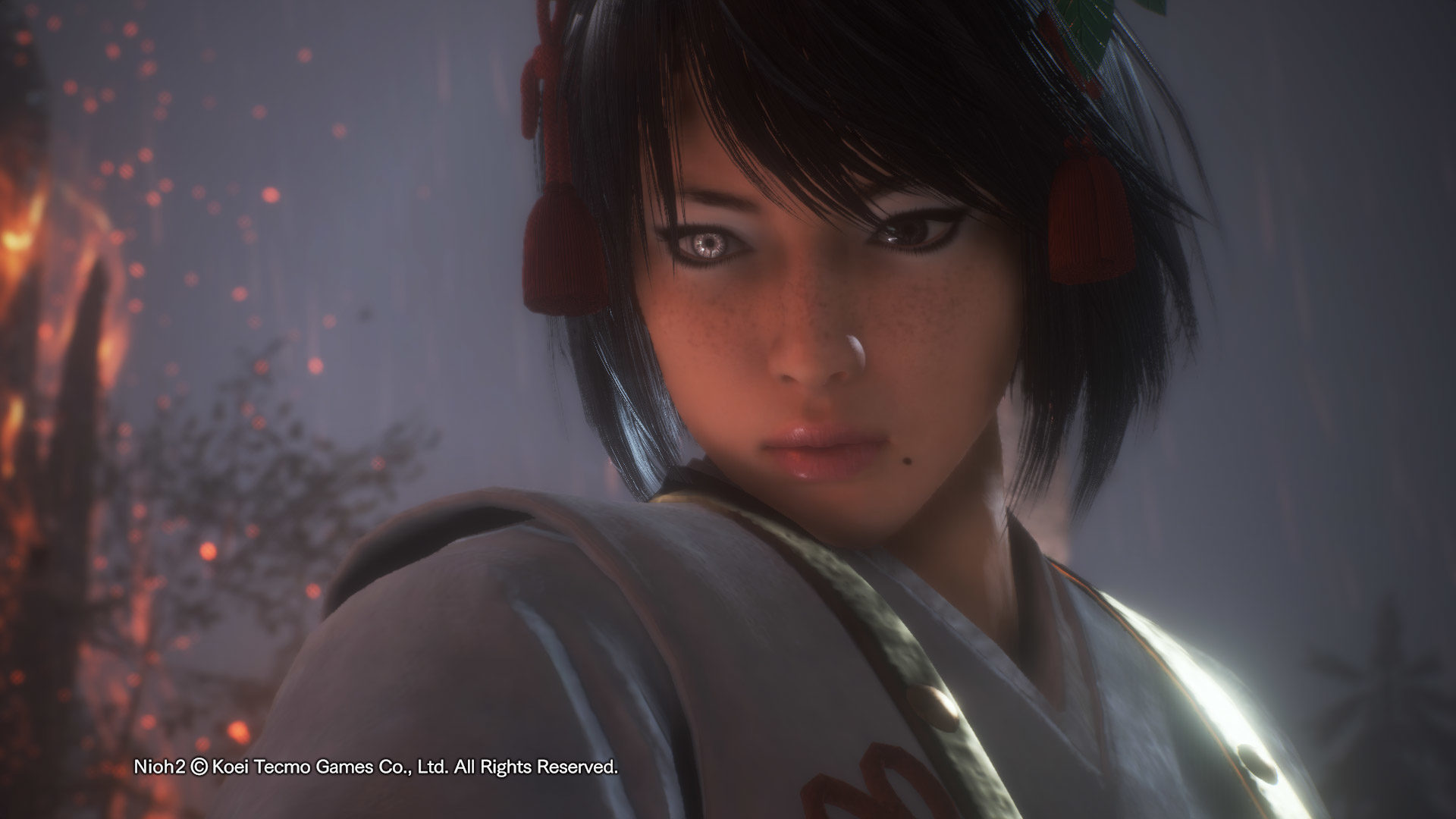
|
★★★★☆
Nioh 2 takes the ideas of its predecessor and greatly expands on them, bringing a greater sense of depth to everything from gameplay, to stage design, to your ability to have a main character customized to your particular play style (and visual preferences). Admittedly, some of the simpler elegance of the original Nioh has been lost in the progress, but the result is still a game that’ll terrorize and thrill those looking for a real challenge. |
Developer Team Ninja Publisher Sony Interactive Entertainment ESRB M - Mature Release Date 03.13.2020 |
| Nioh 2 is available on PlayStation 4. Primary version played was for PS4. Product was provided by Sony Interactive Entertainment for the benefit of this coverage. EGM reviews on a scale of one to five stars. | |

Mollie got her start in games media via the crazy world of gaming fanzines, and now works at EGM with the goal of covering all of the weird Japanese and niche releases that nobody else on staff cares about. She’s active in the gaming community on a personal level, and an outspoken voice on topics such as equality in gaming, consumer rights, and good UI. Check her out on Bluesky and Mastodon.